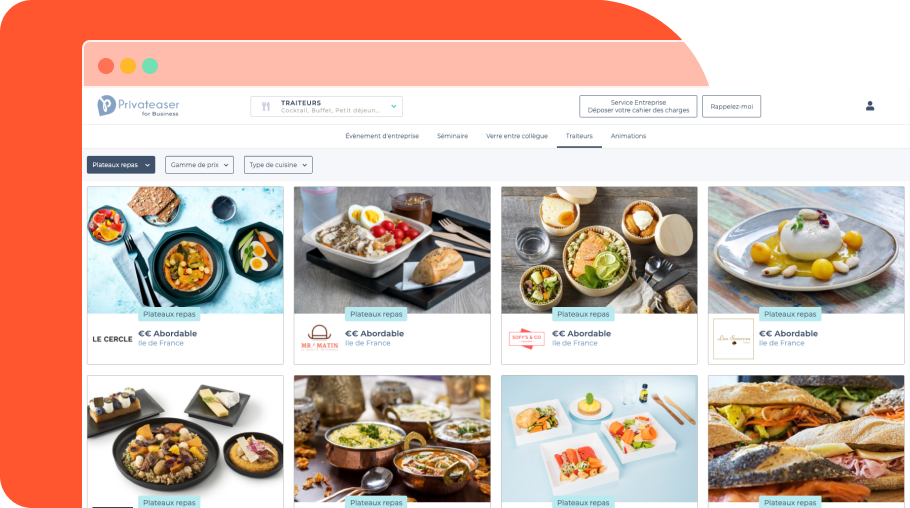Two different mindsets

First, we'd like to thank Webflow for what they are doing in the no-code space. It's a wonderful tool and their editor is an inspiration for us all.
But if you're here, searching for Webflow alternatives, we bet it's because you hit a ceiling with this tool.
Webflow = Static Websites
Webflow is great for building static websites, but their internal CMS is highly limiting.
It is not something you can build a web application in. Unless you want to code a lot in JS, you can’t easily integrate any external backends (XANO, Backendless, etc.)
WeWeb = Dynamic Web Apps
If you need to design a beautiful interface on top of an external database, WeWeb may be a better fit for you.
Long story short: if you're a maker, an agency, or a business, and you want to create state-of-the-art frontends for your web applications, we think it makes sense to use us.
Build without record limits

Webflow ❌
You can integrate CMS collections and e-commerce stock in Webflow, but you're limited to a specific amount of records.
With WeWeb, there are no such limits.
WeWeb ✅
Unlike other platforms, WeWeb lets you build on top of your preferred data source.
You can connect to any backend. For example, Airtable, REST APIs or your in-house database.
But why would you need to connect to a third-party data source? Why not have everything integrated under one roof?
Well, we've done extensive user research, and although there are pros and cons to each solution, we found two reasons why it makes sense to do this:
1- Many people use no-code tools to build a simple website and get stuck when they need to add complexity. They regret not keeping their data separate when that happens.
2- Most people already have data in third-party tools. They don't want to copy that data into a separate black-box SaaS tool.
That's why we think that decoupling the frontend from the backend is the right way to build modern web applications.
It’s a best practice because it is more scalable and reversible.
Bring your own backend, and use it in WeWeb.
Say goodbye to the limits of no-code

Webflow ❌
Webflow is great to design gorgeous business websites with a blog or a small e-commerce shop.
But if you need to build interactive web projects that natively handle complex user input, WeWeb may be the better option for you.
WeWeb ✅
You'll be able to do everything you can do in Webflow's visual editor, except very advanced animations.
On top of that, you can code your own React or Vue.js components, upload them in WeWeb and drag & drop these components onto your pages.
But WeWeb’s front-end builder goes even further.
It allows you to design web app interfaces where users can create, update, modify or delete items in your own external database. Depending on user permission of course!
Integrate with best-in-class tools

Webflow ❌
In Webflow, you can build forms and connect them to external tools like Hubspot or Marketo.
Soon, in 2022, you’ll be able to build cool workflows where form submissions trigger emails or CMS updates based on conditions you set in Webflow.
But you’ll still be limited by the number of collection items you can store.
Your backend and frontend will continue to be tied together, and you won’t have complete control over your data.
If you want to build state-of-the-art web projects, WeWeb is a no-code option that scales.
WeWeb ✅
With WeWeb, you can design the front-end of your web application and integrate it with best-in-class libraries and tools like Chart.js, Auth0, and Stripe.
Can’t find a native integration? Use our API plugin to link to any tool you like.
This means you can build robust web apps that scale, no matter how much user input you need to handle.
Examples of what you can build with WeWeb:
- job boards,
- booking platforms, and
- internal data and analytics tools.
Don't worry, you'll feel right at home in WeWeb 😉

Webflow is a great static website builder, that's limited if you want to build web applications where user input is directly linked to your external database.
WeWeb takes the best of all no-code tools to help you feel at home, regardless of your background.
- Design as you would in Elementor or Webflow,
- Add interactivity like Zapier or Integromat
All of this without coding. You won't need to worry about learning specifics.
What our users build with WeWeb
Customer portals
Internal tools
Membership sites
Create interactive interfaces for your clients
Let your users read, add or update data from a custom interface. Display data according to user permissions.
Add payments
Use our native Stripe integration to collect payment from users.
Use webhooks to update your content
Save money and time, update your pages automatically with webhooks.






